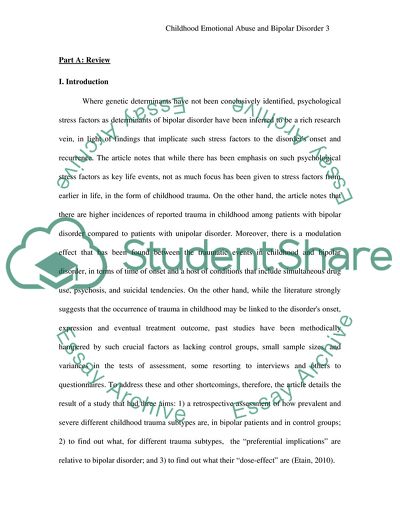Cite this document
(Childhood Emotional Abuse and Bipolar Disorder Research Proposal Example | Topics and Well Written Essays - 1250 words, n.d.)
Childhood Emotional Abuse and Bipolar Disorder Research Proposal Example | Topics and Well Written Essays - 1250 words. https://studentshare.org/psychology/1770450-journal-artics-review
Childhood Emotional Abuse and Bipolar Disorder Research Proposal Example | Topics and Well Written Essays - 1250 words. https://studentshare.org/psychology/1770450-journal-artics-review
(Childhood Emotional Abuse and Bipolar Disorder Research Proposal Example | Topics and Well Written Essays - 1250 Words)
Childhood Emotional Abuse and Bipolar Disorder Research Proposal Example | Topics and Well Written Essays - 1250 Words. https://studentshare.org/psychology/1770450-journal-artics-review.
Childhood Emotional Abuse and Bipolar Disorder Research Proposal Example | Topics and Well Written Essays - 1250 Words. https://studentshare.org/psychology/1770450-journal-artics-review.
“Childhood Emotional Abuse and Bipolar Disorder Research Proposal Example | Topics and Well Written Essays - 1250 Words”. https://studentshare.org/psychology/1770450-journal-artics-review.


